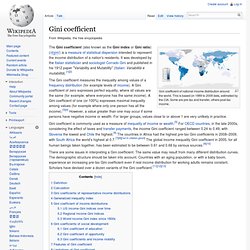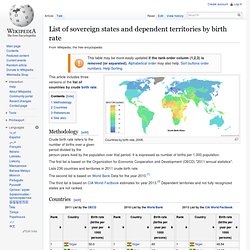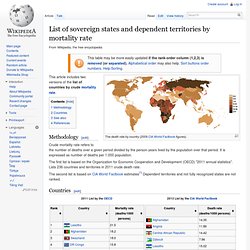

Eurozone debt web: Who owes what to whom? The circle below shows the gross external, or foreign, debt of some of the main players in the eurozone as well as other big world economies.

The arrows show how much money is owed by each country to banks in other nations. The arrows point from the debtor to the creditor and are proportional to the money owed as of the end of June 2011. The colours attributed to countries are a rough guide to how much trouble each economy is in. Click on a country name to see who they owe Europe is struggling to find a way out of the eurozone crisis amid mounting debts, stalling growth and widespread market jitters.
But, with global financial systems so interconnected, this is not just a eurozone problem and the repercussions extend beyond its borders. While lending between nations presents little problem during boom years, when a country can no longer handle its debts, those overseas banks and financial institutions that lent it money are exposed to losses. GDP: €1.8 tn Foreign debt: €4.2 tn. List of countries by income equality. This is a list of countries or dependencies by income inequality metrics, including Gini coefficients, according to the United Nations (UN), the World Bank, the US Central Intelligence Agency (CIA), and the Organisation for Economic Co-operation and Development (OECD).

Because the underlying household surveys differ in method and in the type of data collected, the distribution data are not strictly comparable across countries. The Gini coefficient is a number between 0 and 1, where 0 corresponds with perfect equality (where everyone has the same income) and 1 corresponds with perfect inequality (where one person has all the income—and everyone else has zero income). Income distribution can vary greatly from wealth distribution in a country (see List of countries by distribution of wealth).
Income from black market economic activity is not included and is the subject of current economic research.[1][2] List[edit] Click sorting buttons to sort alphabetically or numerically. See also[edit] Gini coefficient. Gini coefficient of national income distribution around the world.

This is based on 1989 to 2009 data, estimated by the CIA. Some are pre-tax and transfer, others post-tax income. The Gini coefficient (also known as the Gini index or Gini ratio) (/dʒini/) is a measure of statistical dispersion intended to represent the income distribution of a nation's residents. It was developed by the Italian statistician and sociologist Corrado Gini and published in his 1912 paper "Variability and Mutability" (Italian: Variabilità e mutabilità).[1][2] The Gini coefficient measures the inequality among values of a frequency distribution (for example levels of income). There are some issues in interpreting a Gini coefficient.
Definition[edit] World Debt Clocks. List of countries by population growth rate. The population growth rate estimates (by United Nations) for the period 2005–2010 using the medium variant.

This article includes three lists of countries and self-governing dependent territories by population growth rate. Methodology[edit] The first list is based on the estimates taken from the 2006 edition of the United Nations World Population Prospects report.[1] Figures are population growth rate estimates for the period 2005–2010 using the medium variant. The second list is based on CIA World Factbook estimates for year 2011.[2] Dependent territories and not fully recognized states are not ranked. The third list is based on World Bank estimates for year 2009.[3] Population is based on the de facto definition of population, which counts all residents regardless of legal status or citizenship—except for refugees not permanently settled in the country of asylum, who are generally considered part of the population of the country of origin.
Countries[edit] See also[edit] List of sovereign states and dependent territories by birth rate. Countries by birth rate, 2008.

List of sovereign states and dependent territories by death rate. This article includes two versions of the list of countries by crude mortality rate.

Methodology[edit] Crude mortality rate refers to the number of deaths over a given period divided by the person-years lived by the population over that period. It is expressed as number of deaths per 1,000 population. The first list is based on the Organization for Economic Cooperation and Development (OECD) "2011 annual statistics". Lists 236 countries and territories in 2011 crude death rate.